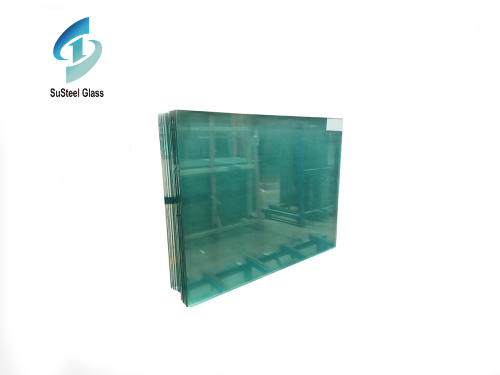
Polished glass is a type of glass that has been carefully processed to remove any imperfections on the surface, resulting in a smooth, clear, and highly reflective material. This type of glass is commonly used in a wide range of applications, including lenses, mirrors, prisms, and windows.
Polished glass is produced through a series of meticulous steps that involve grinding, polishing, and coating. The process begins with the selection of high-quality glass, typically made from silica, borosilicate, or other materials with excellent optical properties. The glass is then cut into the desired shape using precision machinery, such as diamond saws or waterjets.
Next, the glass undergoes a grinding process to remove any rough edges or imperfections on the surface. This step is critical because any defects on the surface can cause light to scatter or refract incorrectly, resulting in a reduction in the quality of the image produced. The grinding process is typically done using abrasive materials, such as silicon carbide or diamond grit, which are applied to the surface of the glass using a rotating tool.
After grinding, the glass is polished to achieve a smooth, reflective surface. This step involves the use of polishing compounds, such as cerium oxide or rouge, which are applied to the surface of the glass using a rotating pad or wheel. The polishing process continues until the surface is completely smooth and free from any scratches, pits, or other defects.
Finally, the polished glass is coated with a thin layer of material, such as magnesium fluoride, to improve its optical properties. This coating helps to reduce the amount of light reflected from the surface, increasing the amount of light transmitted through the glass.
The applications of polished glass are numerous and diverse. In the field of optics, polished glass is used to create lenses for cameras, microscopes, and telescopes, as well as prisms for splitting light into its component colors. Polished glass is also used in the manufacturing of mirrors for reflecting light and creating images, and in the production of windows for buildings and vehicles.
In conclusion, polished glass is a versatile material that plays a crucial role in many industries. Its ability to transmit and reflect light with high precision and clarity makes it a valuable component in optical devices, while its smooth and reflective surface is ideal for creating mirrors and windows. The process of producing polished glass requires a great deal of skill and precision, but the resulting material is of exceptional quality and durability.
 The Advantages and Applications of Heat Absorbing Glass
The Advantages and Applications of Heat Absorbing Glass
 High Purity Tin Ingot: Essential Uses and Key Advantages
High Purity Tin Ingot: Essential Uses and Key Advantages
 Burglar-Resistant Glass: Enhancing Security and Peace of Mind
Burglar-Resistant Glass: Enhancing Security and Peace of Mind


